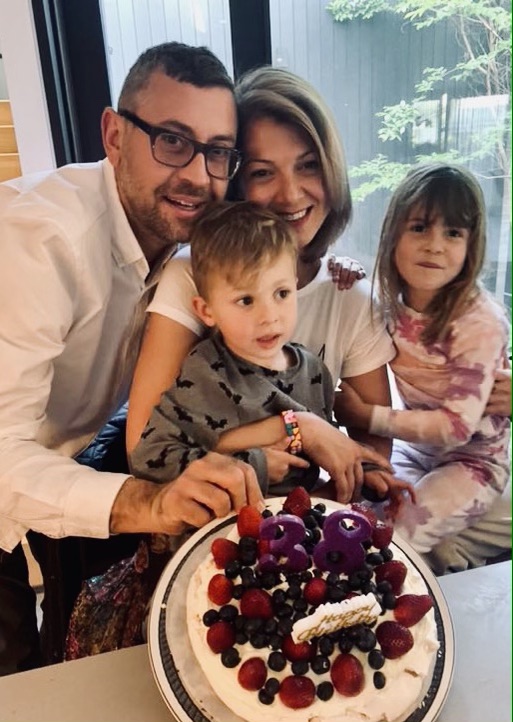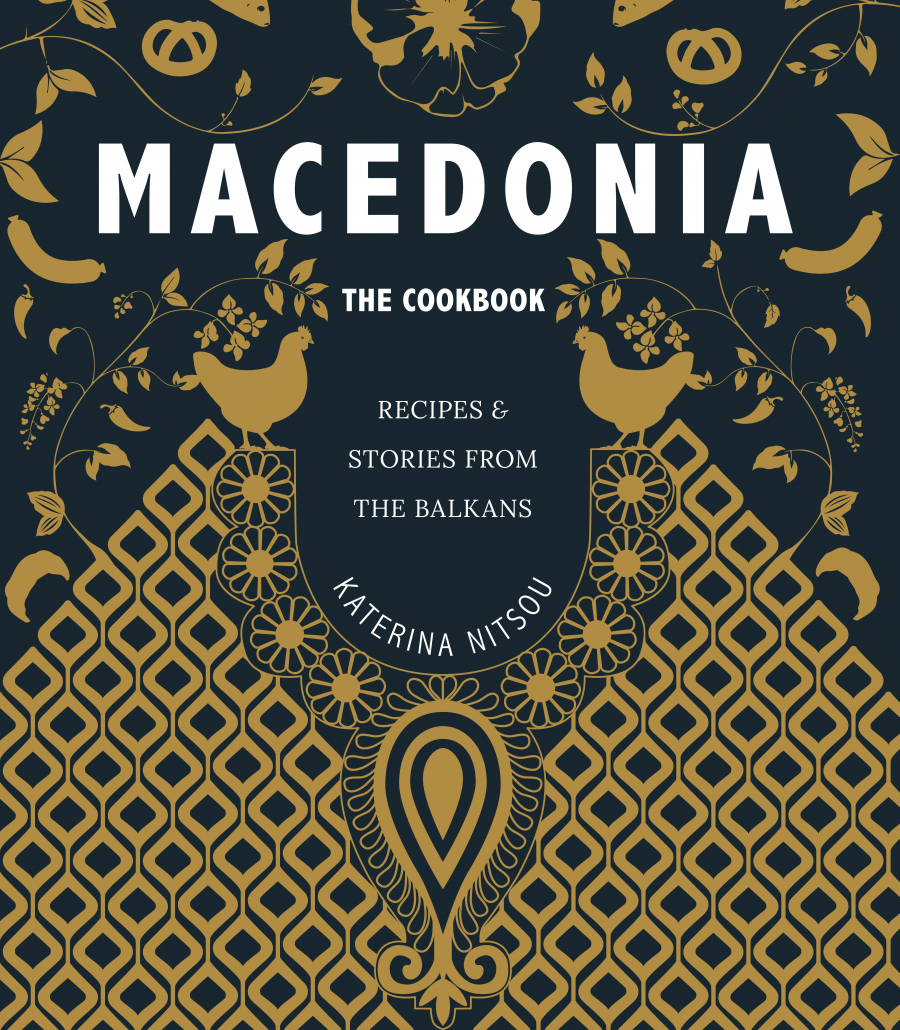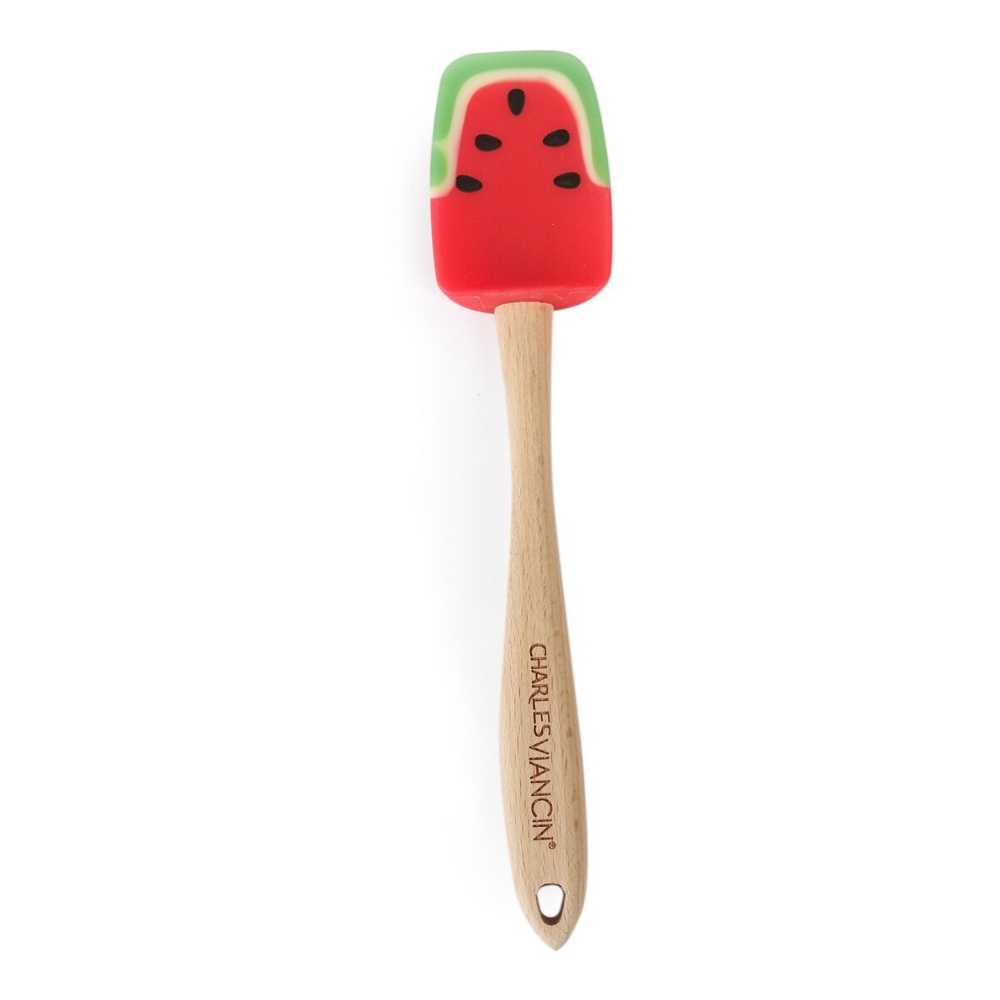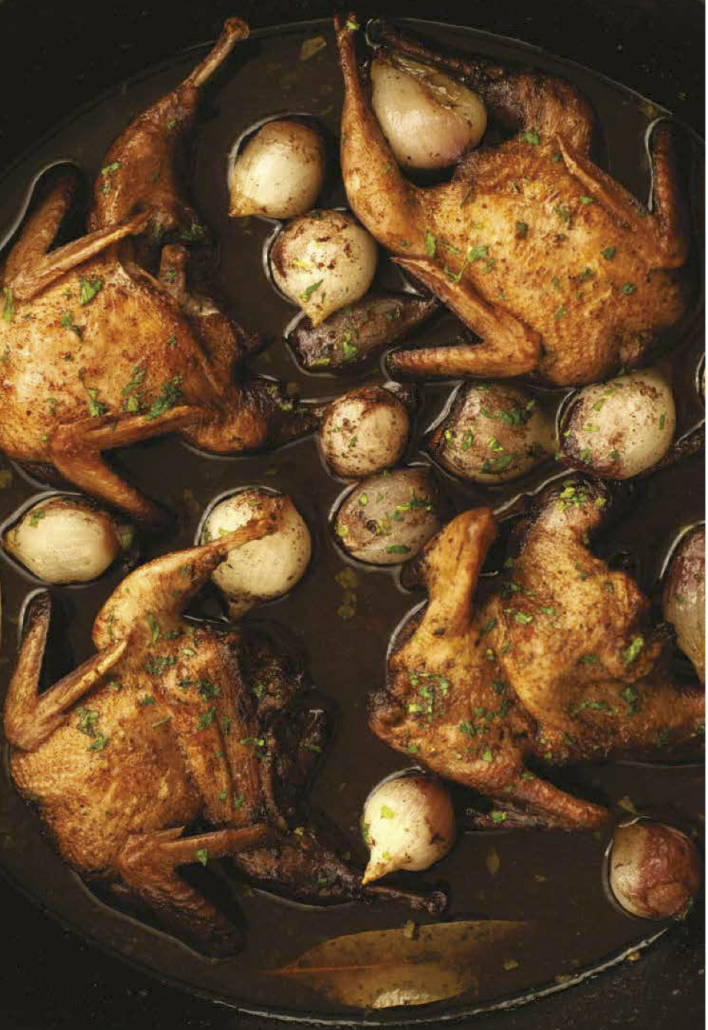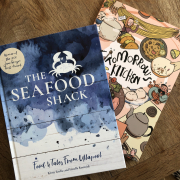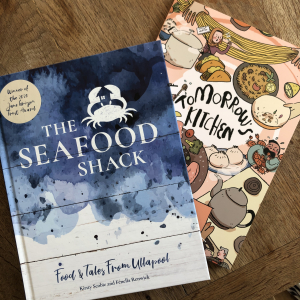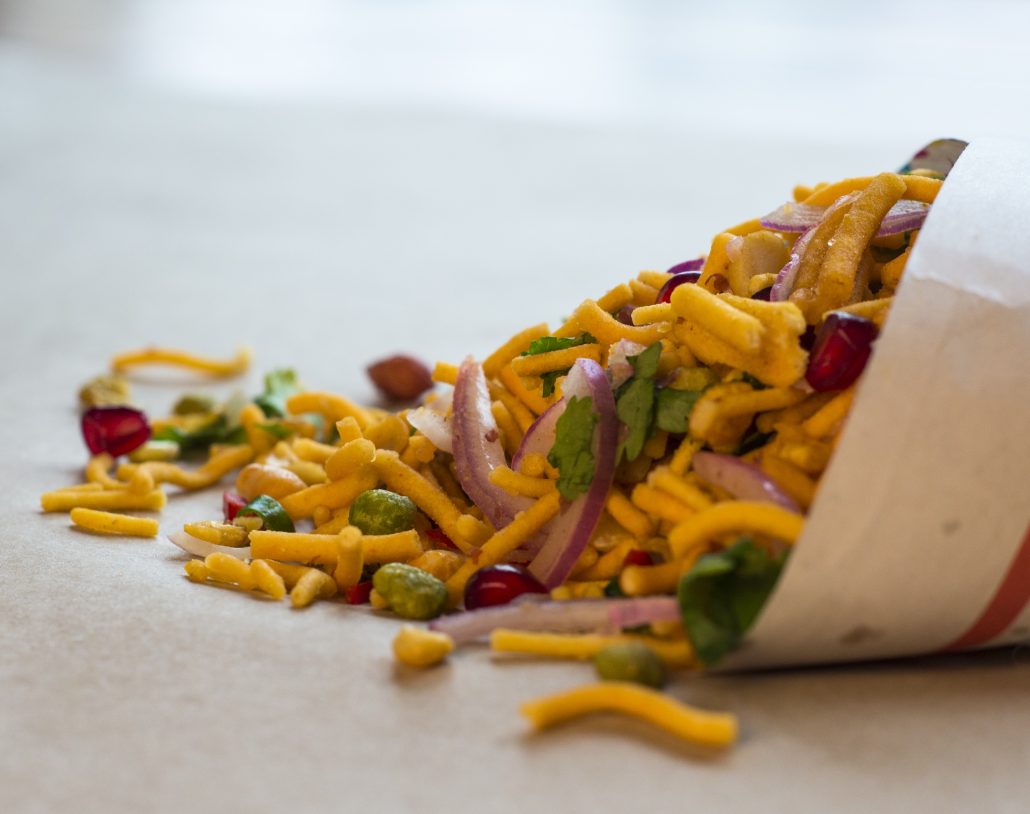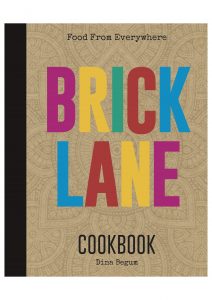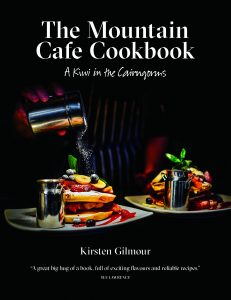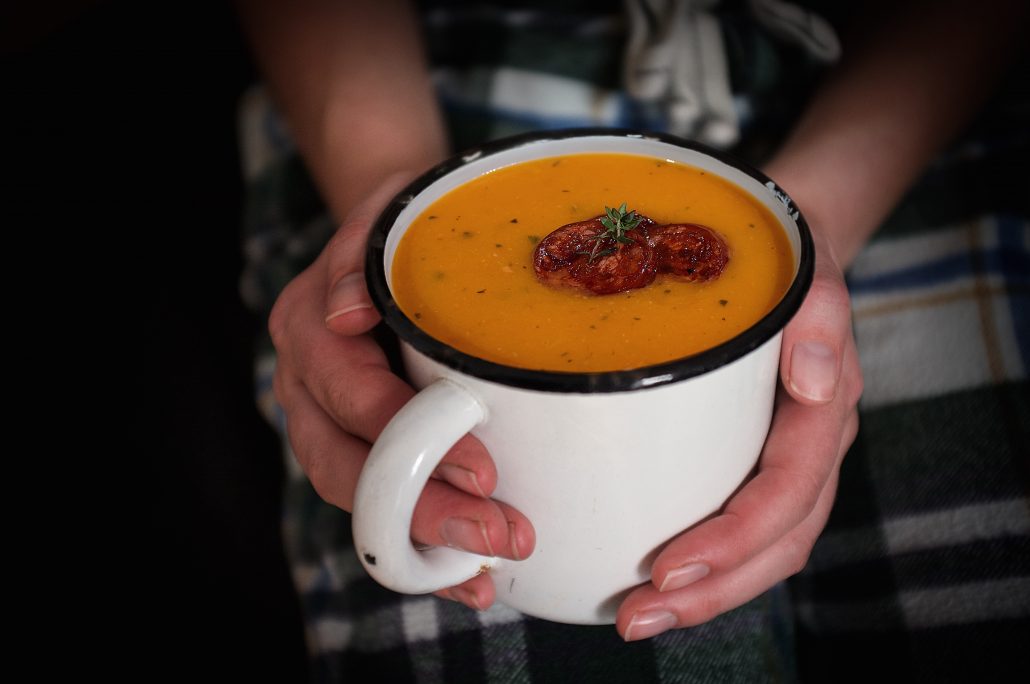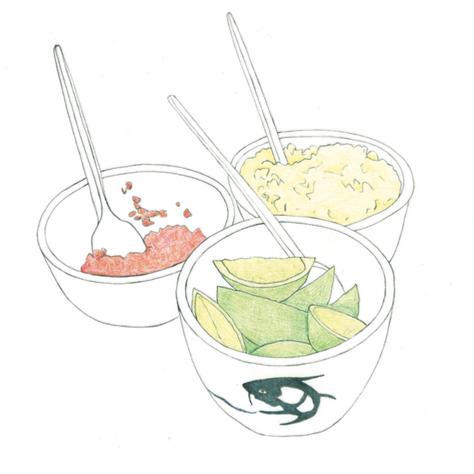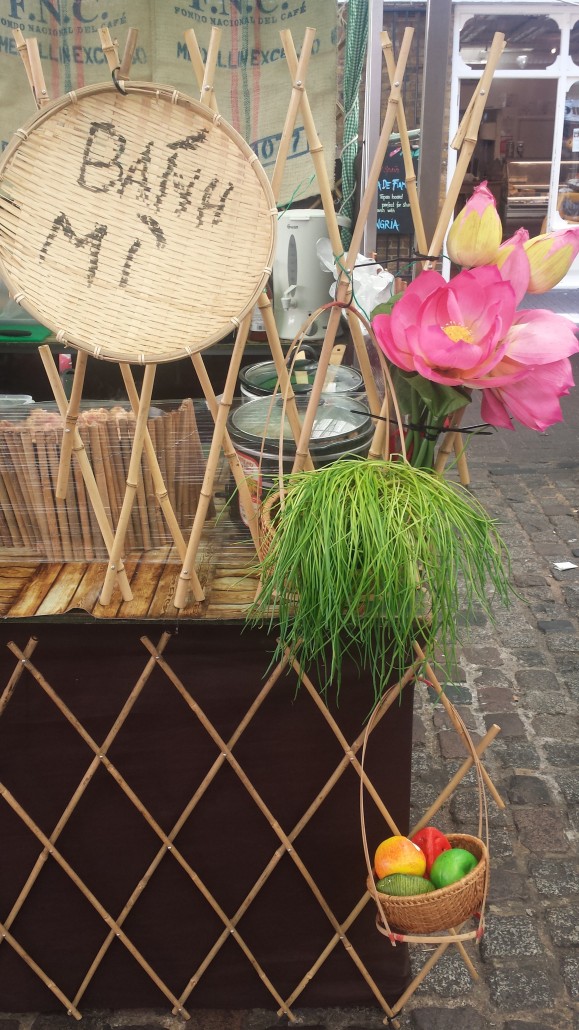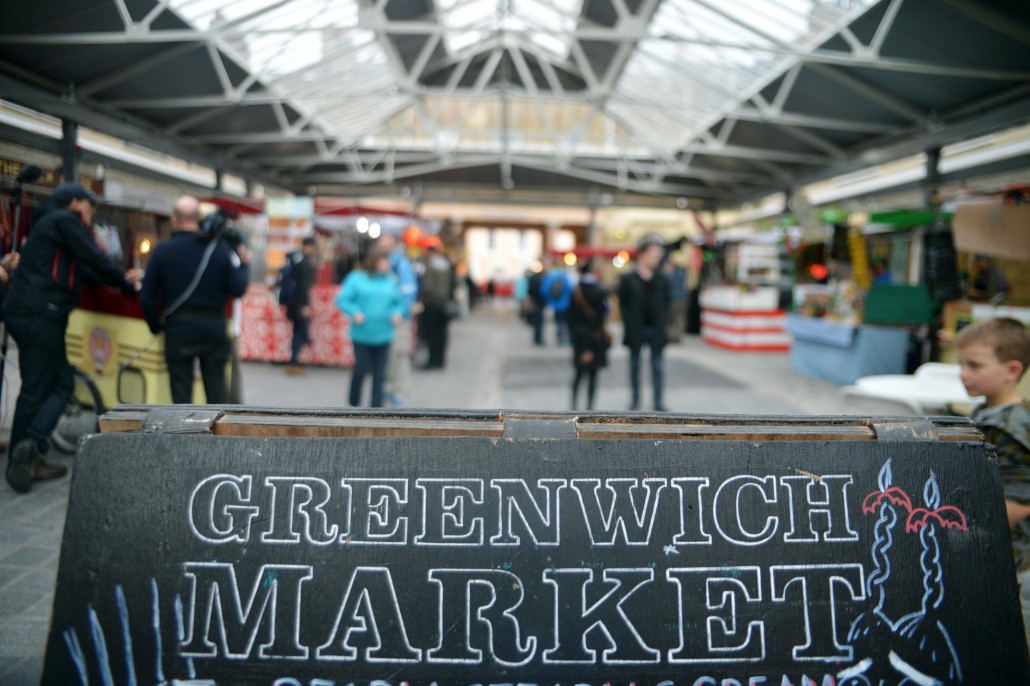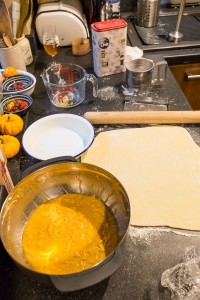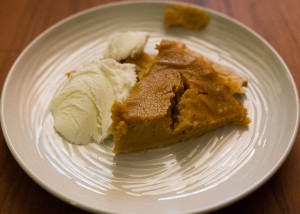Kitchen Quiz with Katerina Nitsou (author of Macedonia – Recipes & Stories From The Balkans)
Katerina Nitsou spent her childhood in the kitchen helping her grandmother, mother and aunts prepare family feasts using fresh herbs and vegetables from the family’s prized garden. Growing up in a large Macedonian-Canadian community in Toronto, she was immersed in Macedonian culture through language, dance and of course, food.
She began writing about traditional Macedonian cuisine long before she completed her training at the prestigious Le Cordon Bleu College of Culinary Arts. She honed her recipe writing skills in the Los Angeles Times Test Kitchen and developed her cooking style working as a food stylist, caterer, and private chef in California. She currently lives in Melbourne, Australia with her husband and two young children, whom she is teaching to cook.
Macedonia – The Cookbook; Recipes & Stories from the Balkans is out on Kitchen Press now. It is such a beautiful book and a wonderful culinary journey into this part of the world.
We caught up with Katerina recently and asked her a few questions so we could all get to know this talented, enterprising and creative woman a little better.
Q: Hey Katerina, was there a cookbook that really inspired you?
A: It wasn’t any cookbook in particular that inspired me, it was actually the lack of Macedonian cookbooks in the market that inspired me. I will say however that when you love food and cooking, being surrounded by cookbooks is just a part of daily life and then it makes it hard to pick a favourite.
Q: What is your favourite item in your kitchen that you simply couldn’t do without?
A: I had this tiny thin spatula with a watermelon print on it that I’ve probably had for 12 years. I had to toss it out recently because it was literally falling apart, and I’ve been trying to find the same one with the same shape and profile and sadly not succeeding.
Q: Do you have a favourite song, type of music or podcast you like to cook to?
A: I’m a big Spotify fan, I always have music on at home. These days I’m listening to Michael Kiwanuka and Federico Aubele’s radios, but I also am known to jam some old school 90’s and early 2000’s Hip Hop and R&B.
The podcasts I’ve loved most over the last year are “Second Life” with Hilary Kerr and “More Than One Thing” with Athena Calderone. For those that may not know this is about me, in addition to being a retired chef and cookbook author, after a journey of working in real estate for Sotheby’s and doing our own developments, I now work in interior design and property development as a professional renovator here in Melbourne. These podcasts that focus on featuring women who are not afraid to embark on new experiences and try new business helped me so much in my waves of doubt and transition in my recent move from Los Angeles California to Melbourne Australia this past year and enterprising and creative women are certainly the ones in the world I connect to.
Q: If you could cook anywhere in the world in any location then where would you choose?
A: Macedonia, I would love to spend time traveling around Macedonia, cooking and learning in all the villages and towns.
Q: If you had to give one single piece of advice about cooking to someone then what would that be?
A: Trust yourself and your senses. Cooking is about sight, touch and smell just as much as taste and don’t over think it… Worst thing that can happen is you’ll have to order in.
Thank you so much for your lovely insights Katerina!
You can purchase the book direct from us here and begin your own journey into Macedonian food culture.




